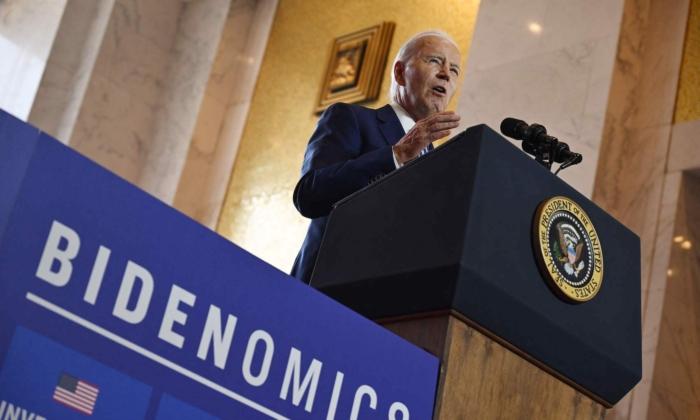Following the Supreme Court’s recent ruling to block the current administration’s student loan forgiveness proposal, President Joe Biden announced that his administration would pursue different avenues to offer relief to millions of borrowers.
As part of this law, Congress put together various federal programs to support borrowers who struggle to keep up with their student loan payments. As a result, officials have finalized the Saving on a Valuable Education (SAVE) plan, an income-driven repayment (IDR) scheme limiting borrowers’ monthly payments to a percentage of their income.
Under the president’s SAVE scheme, borrowers with undergraduate loans would only make payments equal to 5 percent of their discretionary income instead of 10 percent, which the administration estimates would save borrowers about $1,000 per year. Moreover, student loan forgiveness would be provided to borrowers with balances of $12,000 or less after ten years of payments rather than the original 20 years.
It isn’t expected to be available until July 2024 because the White House intends to institute the program in phases, with sign-ups that could start as early as this summer.

This is just another form of debt cancellation, according to Caleb Kruckenberg, an attorney at Pacific Legal Foundation.
“What they’re saying is, we’re not transferring any debt, we’re just changing the terms of repayment on the amount you have to repay everything,” Mr. Kruckenberg told The Epoch Times.
“But at the same time, if you look at the policy, it’s saying, well, from a large number of borrowers, your monthly payment is going to be $0. And after a certain number of payments, we'll forgive your loans. I mean, that’s a more complicated way of saying we’re canceling debt.”
Tuition Inflation Fears
But while the Biden administration is marketing these relief efforts as a way to help working and middle-class borrowers, critics assert that these programs will have “negative effects for everybody.”Some experts have said that this is another campaign that would result in as much as $1 trillion in additional federal expenditures over the next decade.
“We have a student loan system that assumes that people are going to pay their debt back, and instead, it’s just this massive government spending policy that has negative effects for everybody,” Mr. Kruckenberg said, adding that it’s a concept aimed at well-educated potential Democratic voters.
First, taxpayers will be on the hook for this “gigantic government handout” at a time of high inflation. Second, it exacerbates tuition inflation, Mr. Kruckenberg noted, because it sends the message that colleges can continue to raise the cost of higher education and take advantage of these federal programs.
“Because every college knows that if there’s more funding, more free money, the best way to take advantage of that is to raise tuition for everybody,” he said.

Guaranteeing Student Loans
The U.S. government started guaranteeing student loans offered by banks and nonprofit lenders in 1965 as part of a federal initiative now identified as the Federal Family Education Loan program.When the administration first proposed this change last year, some economists feared that IDR would subsidize low-quality and low-value programs and “gut” current accountability practices.
Mr. Looney also purported that this policy is regressive, meaning it primarily benefits students from upper-class families and “preserves gaps between more and less advantaged groups instead of closing them.”
But if the president’s original student loan forgiveness was legally challenged, could SAVE endure the same fate?
Mr. Kruckenberg said he anticipates challenges but noted that it’s going to be difficult to argue in court that this policy harms anyone in any way.





